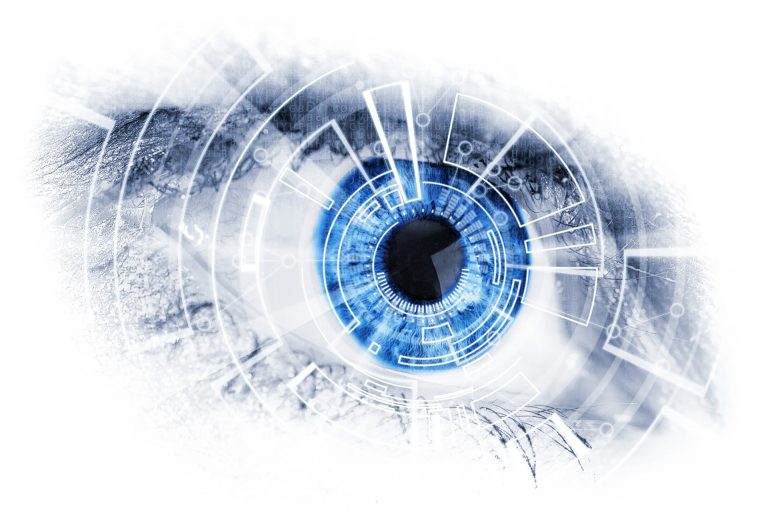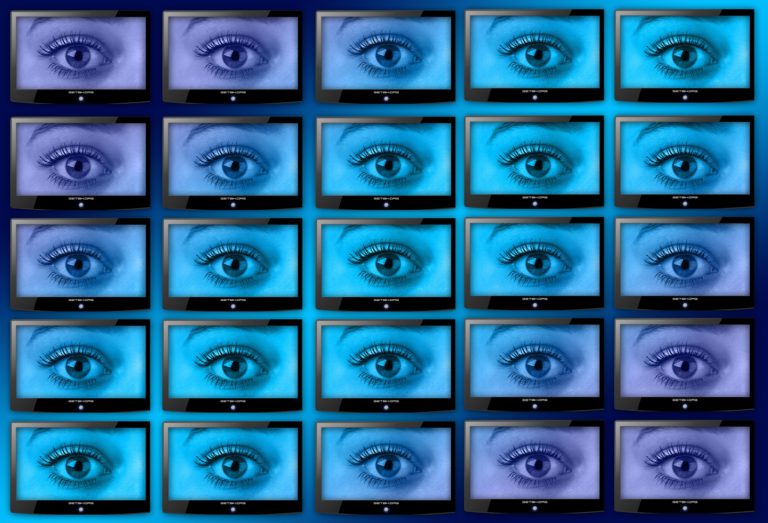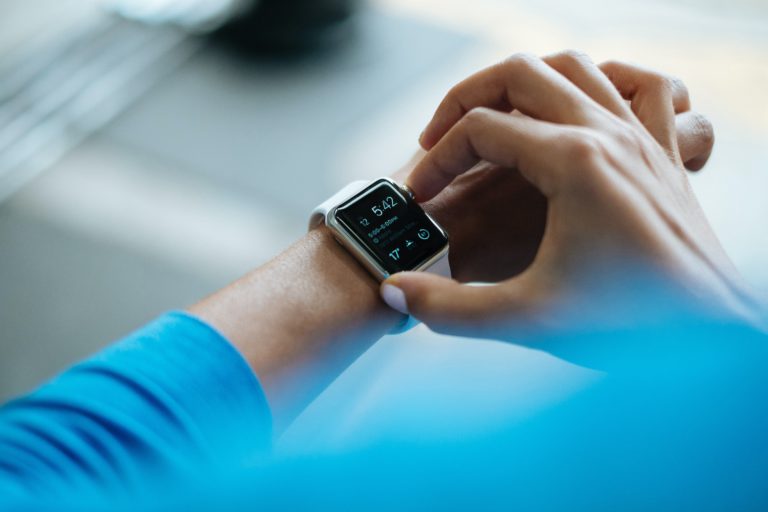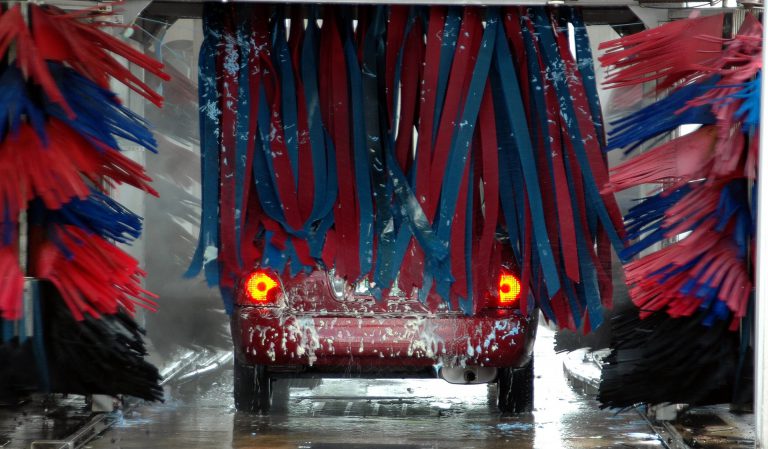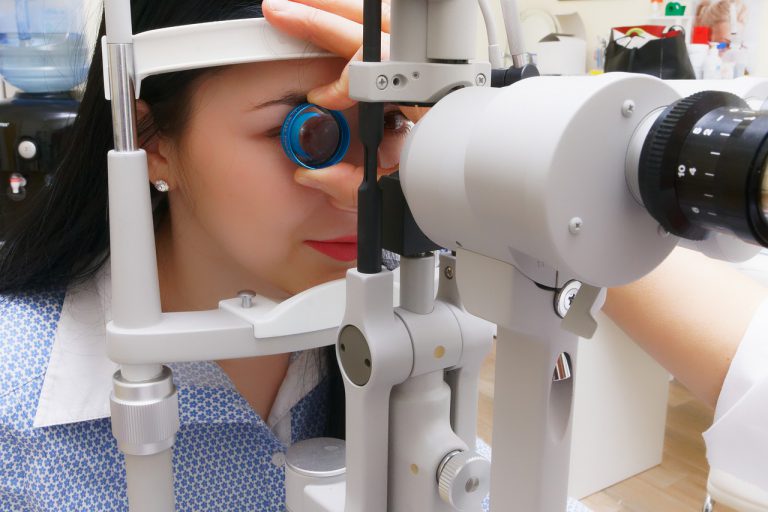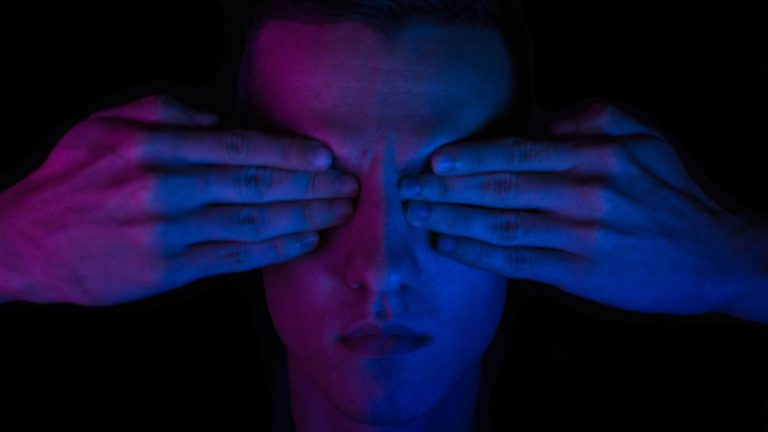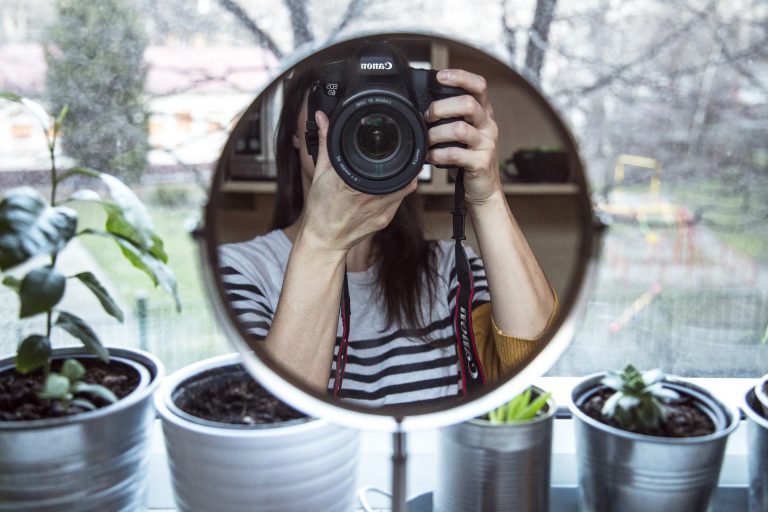How AI & Smartphones Can Help to Detect Diabetic Retinopathy
In one of our previous blog posts, we discussed briefly how technology will develop and aid in the screening process for diabetes patients. Today we will look more in-depth into artificial intelligence (AI) and its development in regards to screening for diabetic retinopathy (DR).
According to statistics, 3 billion people used smartphones around the world in 2018, with that number predicted to grow steadily over the next few years. Due to this, the focus has been shifting to develop apps and software to help users have better access to often costly procedures and increase participation in screening. We have seen a steady rise in AI technology integrating into our everyday lives, and it is a natural progression that we utilize it when it comes to our health. According to findings by Accenture, 41% of healthcare executives believe that AI will have the greatest impact on their organization over the next three years, highlighting the importance we should be placing on developing AI processes.
We have established over several posts that the best way to prevent vision loss due to diabetes is to detect it and treat it as early as possible. Through emerging technology that involves the combination of smartphones and artificial intelligence, we are one step closer to achieving this.
One of the biggest challenges of using traditional retinal cameras is that they are large and are difficult to move from one place to another. Patients need to attend clinics, which can take several days or even weeks to make an appointment, in order to be assessed and referred further. The perk of using smartphone based photography is that many people already possess the device and they can be used outside of the clinics, reducing patient waiting time for appointments. It is far easier to set up mobile clinics and process many patients over a shorter period, and by making the process more convenient, there is a greater probability of participation.
Another challenge is how fast the photos are processed once they have been taken. Traditionally, an ophthalmologist can take anywhere from two to seven days to examine the images, adding longer waiting times for patients who may be at risk of diabetic retinopathy and need treatment. Therefore it is necessary to create a system that takes away the strain from the ophthalmologist and helps to detect DR without the need for verification from a human. You may have guessed by now that the answer to this is AI! The software in development is called deep neural network and it is software that can “enhance and review images and provide automated grading of lesions present in DR, indicating which lesions require referral to an ophthalmologist for follow-up,”
Current studies on AI and smartphone photography for the retina have shown positive results – research published in 2018 showed that AI software was able to detect diabetic retinopathy more accurately from patients images than an ophthalmologist. As diabetes continues to rise, it is important to be able to screen as many patients as possible, and as fast as possible. AI technology is a great supporting tool within the health care sector, yet it still has a long way to go. The future of diabetic retinopathy screening and AI looks promising, and the rapidly developing technology is bringing us one step closer to eradicating blindness due to diabetes.

